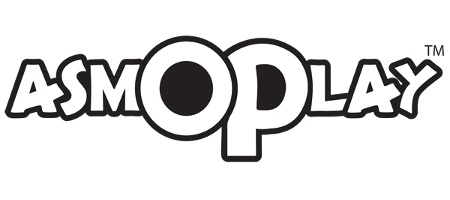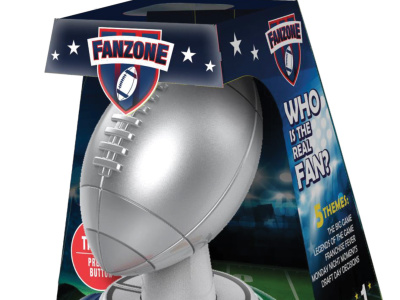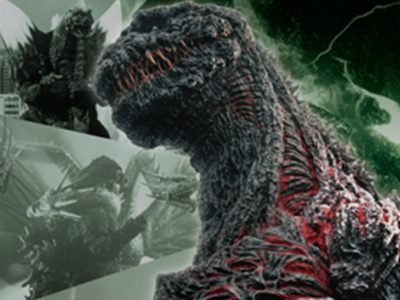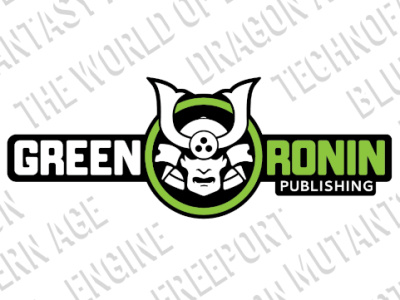Asmodee rolled out its AsmOPlay Organized Play program this week (see "Asmodee's New Organized Play Program"), along with accompanying solicitations from several distributors, all wanting the store to order its AsmOPlay OP kit from them. Some just announced the kit, letting me know Asmodee only produced a limited number of kits and that I best snag one while I had the opportunity, while others sweetened the deal, offering limited edition playmats or extra discounts on the games promoted. In case you did not see the write-up elsewhere, each kit consists of two copies of the featured game and assorted promotional items, for a cost of $40 for the Cash n' Guns Kit and $50 for the Splendor or7 Wonders Kits.
The nice thing about the kit is that it is designed to let stores use it for a demo session with giveaways for demo players, or for a tournament or league, with the same promo items as prizes (though I can’t say I would be too comfortable with the idea of running a tournament in the store with all the participants pointing pistols, even foam ones, at each other).
However, there are a couple of things, well one really, that a store has to take into consideration before buying into a program like this. If you remember from a number of weeks ago, stores are in business to make money. That means we weigh (almost) everything we do in terms of, "Will this make a profit for the store?" either over the short term or the long term. When deciding to invest in one of these, or another companies' OP kit, we look at it in terms of dollars and cents from either a short term or a long term viewpoint:
Short term—Will buying an OP kit for Splendor or one of Asmodee's other games generate enough sales of the game over the next 30/60/90 days (or whatever time period I choose) for the store to make a profit over and above the cost of the kit? The store does have costs over and above those of the kit, primarily payroll for the wages of the staff member assigned to oversee the event. To cover the costs of the AsmOPlay kits, I would need to trace sales of at least three copies of the game directly to the event. Other OP event kits, such as those from Fantasy Flight Games, run less, so the breakeven point for running FFG OP events runs correspondingly lower.
Long Term—Will buying an OP kit for Splendor or one of Asmodee's other games bring customers into the store, allow customers who have purchased one of the games already the opportunity to play, or otherwise create customer goodwill over the next 30/60/90 days (or whatever time period I choose) for the store to make a profit over and above the cost of the kit? While valuable, goodwill is a much harder asset to which to assign a value. In general, stores run OP events targeting customers who have already purchased that game or similar games in the store. I can look at it as a "thank you" to the customer, an event to add to the schedule, or something we might promote to the local community (The King of Tokyo National Championship Qualifier generated a few lines of press in the local paper).
Much like everything else in the game industry, the decision about investing in OP comes down to profits.
The opinions expressed in this column are solely those of the writer, and do not necessarily reflect the views of the editorial staff of ICv2.com.









